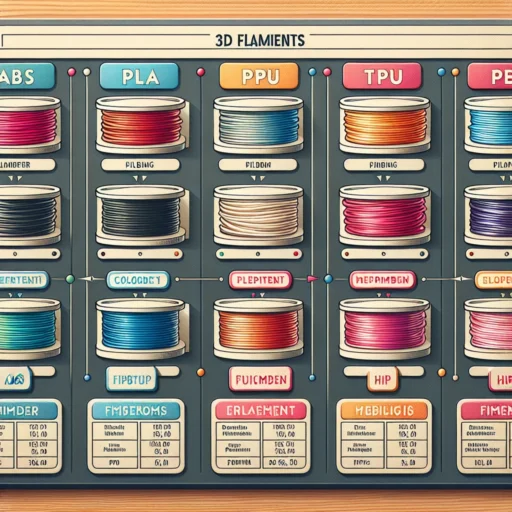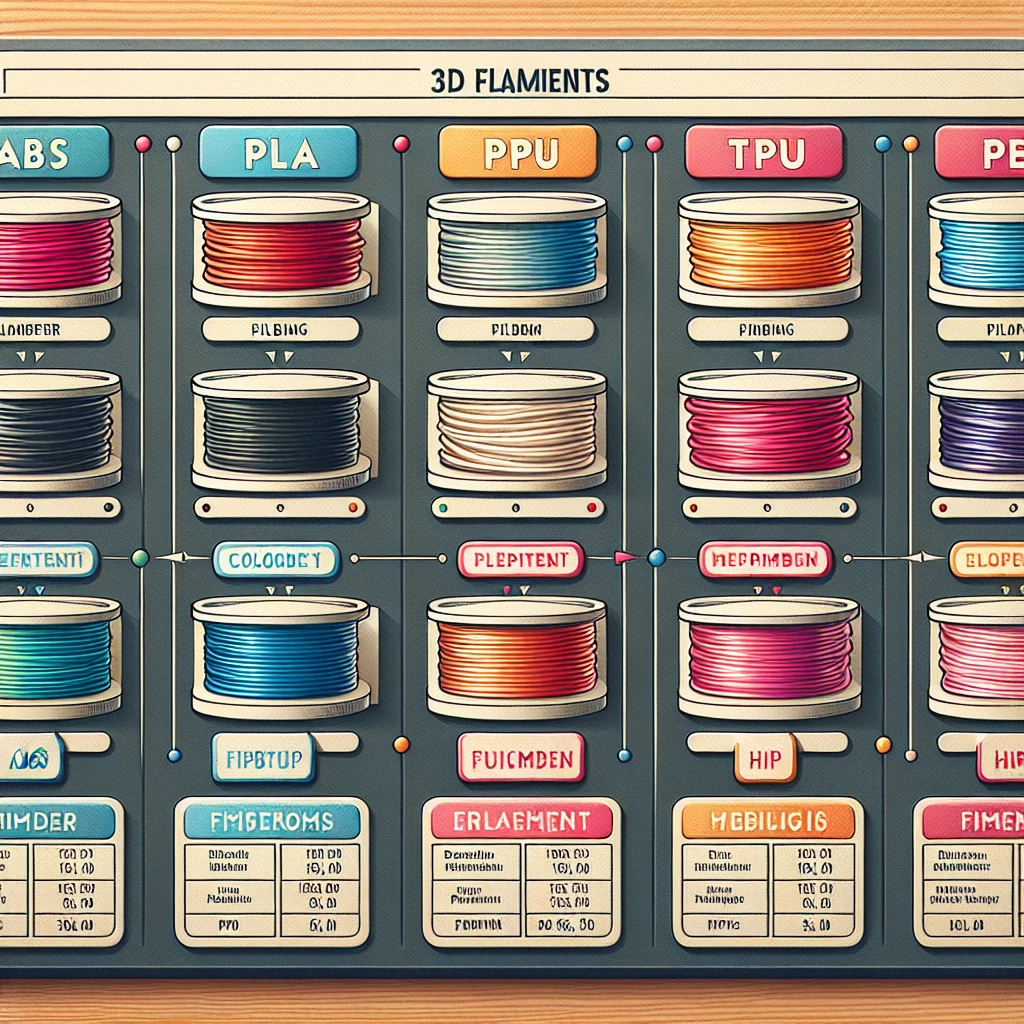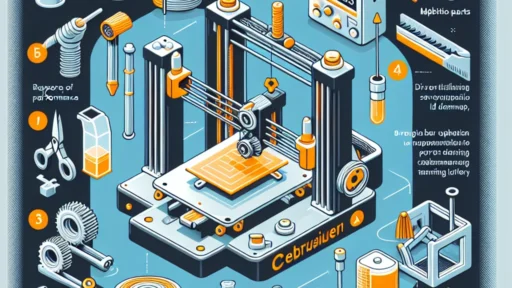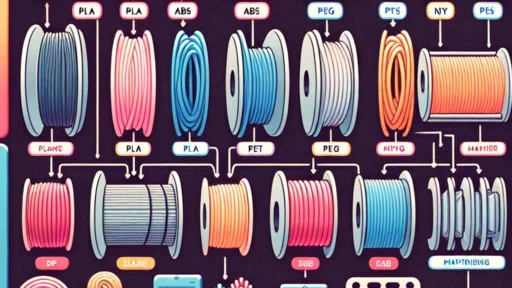Understanding Different Types of 3D Filaments: Which One is Right for You?
3D printing has revolutionized the way we approach design and manufacturing across various industries. One of the most vital components of the 3D printing process is the filament, which serves as the raw material used by 3D printers to create objects layer by layer. With a wide variety of filaments available, each having unique properties and applications, it can be challenging for beginners and seasoned users alike to determine which filament is right for their specific project. In this post, we will explore the different types of 3D filaments and their respective characteristics to help you make an informed choice.
1. PLA (Polylactic Acid)
PLA is one of the most commonly used 3D printing filaments, particularly among beginners. It is a biodegradable thermoplastic made from renewable resources such as corn starch or sugarcane.
Characteristics:
- Ease of Use: PLA is known for its user-friendly characteristics, making it easy to print with minimal warping.
- Odorless: It emits no fumes during printing, making it suitable for home use.
- Surface Finish: Objects printed with PLA generally have a shiny finish and can produce high-detail prints.
- Strength: While PLA is strong, it is not as durable or heat-resistant as some other filaments.
Best For:
PLA is ideal for prototyping, models, toys, and decorative items. If you’re new to 3D printing or need a filament for intricate designs, PLA is a good choice.
2. ABS (Acrylonitrile Butadiene Styrene)
ABS is a popular thermoplastic that stands out for its toughness and impact resistance. It’s the same material used in LEGO bricks, making it suitable for projects that require durability.
Characteristics:
- Stronger and More Durable: Compared to PLA, ABS is more resilient to stress and higher temperatures.
- Post-Processing: ABS can be easily sanded and smoothed, allowing for various post-processing techniques like acetone vapor smoothing.
- Fume Emission: It does emit fumes during printing, so good ventilation is necessary.
Best For:
ABS is recommended for creating functional parts, automotive components, or any application that requires durability and heat resistance. However, it might not be the best choice for beginners due to its warping tendencies.
3. PETG (Polyethylene Terephthalate Glycol-Modified)
PETG is a popular material that strikes a balance between ease of use and durability. It’s widely praised for its flexibility and toughness.
Characteristics:
- Strength: PETG combines the best qualities of both PLA and ABS, making it both flexible and strong.
- Low Odor: It has low fume emission, making it suitable for indoor printing.
- Moisture-Proof: PETG is resistant to water and moisture, making it ideal for outdoor applications.
Best For:
Due to its robustness and versatility, PETG is great for mechanical parts, containers, and anything requiring a good balance of strength and flexibility.
4. TPU (Thermoplastic Polyurethane)
TPU is a flexible filament known for its elastic properties, making it ideal for creating parts that require resilience and stretchability.
Characteristics:
- Flexibility: TPU is highly elastic and can return to its original shape after being bent or deformed.
- Durable: It is resistant to wear and tear, as well as various chemicals.
- Printing Challenges: Printing with TPU can be more challenging due to its flexibility, which may cause jamming in some extruders.
Best For:
TPU is perfect for creating phone cases, wearable items, seals, and other applications that benefit from flexibility.
5. Nylon
Nylon is a strong and flexible material known for its reliability under stress. It is a more advanced filament that can be challenging to print.
Characteristics:
- High Strength: Nylon is incredibly durable and has excellent impact resistance.
- Flexibility: It has good flexibility, making it suitable for printing functional parts.
- Moisture Absorption: Nylon can absorb moisture from the air, which may affect print quality if not stored properly.
Best For:
Nylon is best suited for creating functional prototypes, mechanical parts, and other applications that require strength and resilience.
Conclusion
Choosing the right filament for your 3D printing needs is crucial for achieving the desired results in your projects. With an array of materials available, from PLA and ABS to flexible TPU and durable nylon, it’s essential to consider factors such as ease of use, strength, flexibility, and intended application.
For beginners, PLA is often the way to go, while those looking for durability may lean towards ABS or PETG. More advanced users may find excitement in using TPU or nylon for specialized applications. By understanding the properties and benefits of each filament, you’ll be better prepared to select the right one for your 3D printing projects. Happy printing!






